RinggitPlus
22nd December 2020 - 4 min read

While walking through a public transit station, you would be hard-pressed to miss the numerous billboards, posters, and gigantic cut-outs promoting one brand or another. In fact, a station free from any advertising would likely be a little mundane for the numerous commuters who make their daily trek. After all, the colourful visuals and clever slogans offer a little laugh to break the monotony of a long day.
If you’ve ever taken the KTM Komuter or travelled through the MRT Sungai Buloh – Kajang line, you’ve likely seen the work of VGI Transit, a Thailand-origin Out-of-Home (OOH) media owner who has held the exclusive rights to managing the advertising space and commercials areas surrounding the entire BTS Skytrain Bangkok since 1999.
In 2017, VGi Global Media expanded its reach to Kuala Lumpur and is responsible for the advertisement space spanning the 54 stations of the KTMB line and 31 stations of the Sungai Buloh – Kajang MRT line. VGi Transit has carved out a space for itself within the local OOH advertising industry by offering people-centric solutions to drive brand engagement.

From Bangkok to Kulala Lumpur, they’re changing up Malaysia’s OOH scene by connecting brands on an emotional level, providing more than just ad space, creating new experiences for consumers and brands, in 3 impressive ways.
Connecting Brands With People On An Emotional Level
At the heart of VGi Transit is their drive to help brands build long-lasting relationships with consumers by capturing the hearts of commuters. After all, the dwell time and confined space of waiting at the station and the ensuing train ride allows brands to communicate with consumers in an exclusive proximity and opportunity that is rarely found elsewhere.
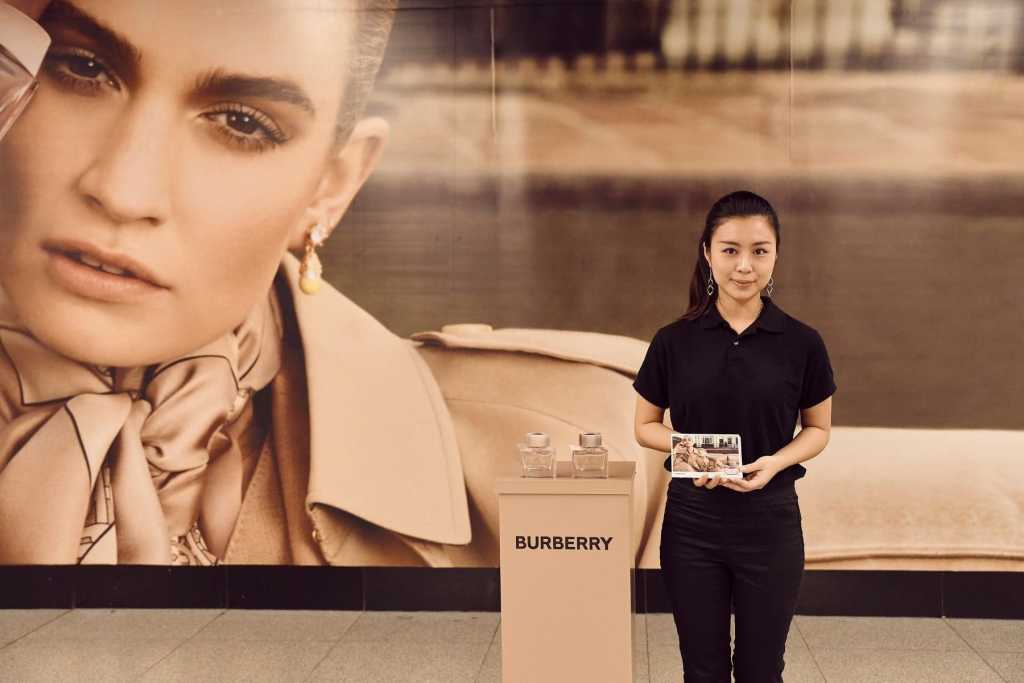
Take, for example, local MRT stations where commuters wait an average of 5 minutes before catching a train. This dwell time increases 35 minutes with KTM stations. During these golden periods, commuters are hungry for content to keep them entertained while waiting. Understanding the value of this time, VGi Transit converts this “me time” where commuters are more relaxed and more willing to engage into meaningful interactions with brands using assets that range from static visuals to digital billboards and interactive audience experiences such as promoters and high-tech elements.
Providing Solutions That Go Beyond Just Ad Space
VGi Transit expands beyond static advertising to offer interactive and creative O2O (online-to-offline) solutions to bring campaigns to life. Be it SMEs or multinational companies, VGi Transit has helped brands of all sizes achieve their goals using a wide range of advertising media.
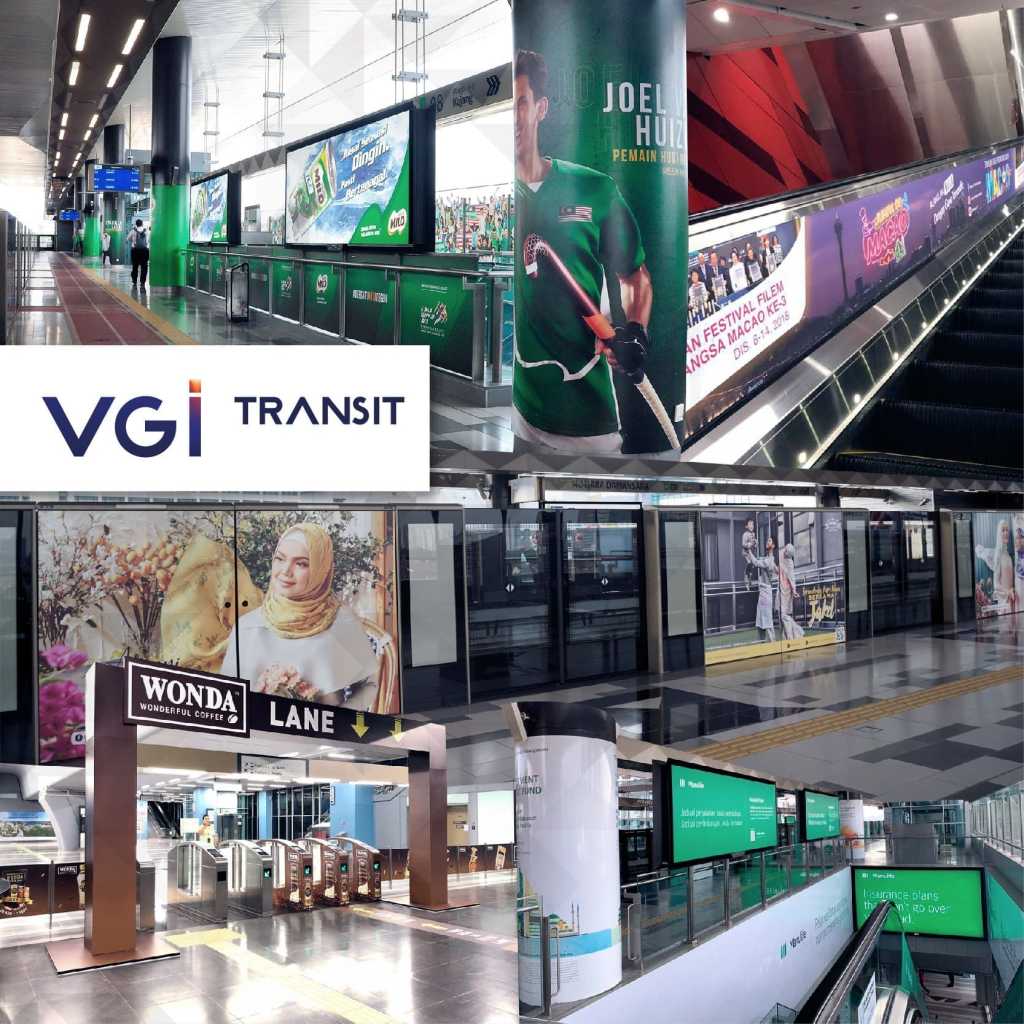
Digital screens allow for dynamic messaging using sound and motion to deliver impact, while technological advancements mean today you don’t have ads that just sell products, but also interact with you – like Pepsico’s Voice Activation Vending Machine. After all, nearly 176,000 commuters took the MRT daily in 2019, so capturing their attention is a necessity for effective transit advertising.
Pioneering New Experiences for Consumers and Brands
This prominence is further assisted by creative use of ad space and tools that are unique to each campaign, resulting in new experiences such as visually appealing lightboxes and digital billboards.
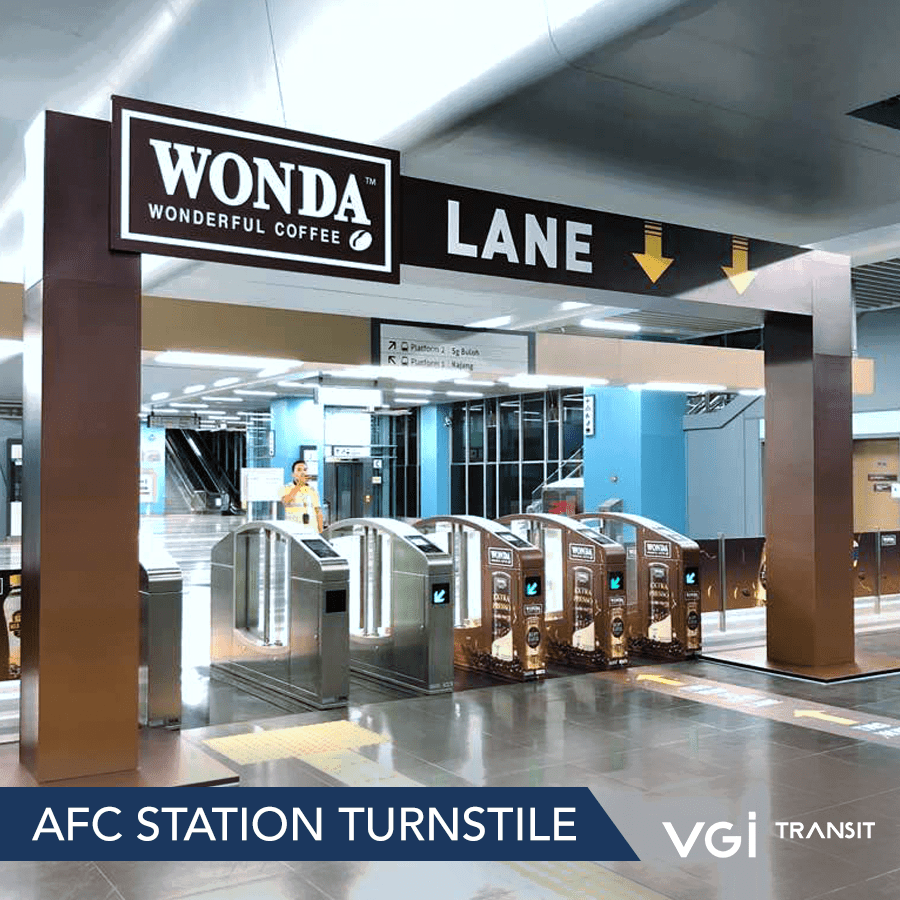
This innovation can be seen in VGi Transit’s more memorable audience experiences. These include the larger-than-life displays of Wonda Coffee that stretched throughout transit stations, the creative engagement of Pepsico Voice Activation Vending Machine at MRT stations, and conducting the first-ever digital treasure hunt at MRT stations within Klang Valley with SAYS.com.
But, With The Current CMCO, Is OOH Still Relevant?
However, while these creative engagements are eye-catching, they do depend on an audience. And today, with the rising of Covid-19 cases, resulting extended CMCO, and general encouragement for workforces to work-from-home when possible, there is an inevitable question of whether Out-Of-Home advertising such as transit advertising is still relevant today. Besides, with affordable, portable gadgets these days, OOH is facing a lot of media competitors – which brings us to the question – is OOH a dying industry?
If you’re a business owner thinking about incorporating OOH into your marketing plan or just someone who has a keen interest in the Out-Of-Home advertising industry, tune in to the upcoming interview with VGi Transit’s CEO where he discusses the new direction OOH advertising is taking amidst the pandemic.
Catch the full interview at the RinggitPlus Show on our Facebook page on 13 January 2021.
Or, if you already like what you hear and want to explore your OOH advertising options with VGi Transit, reach out to them here.


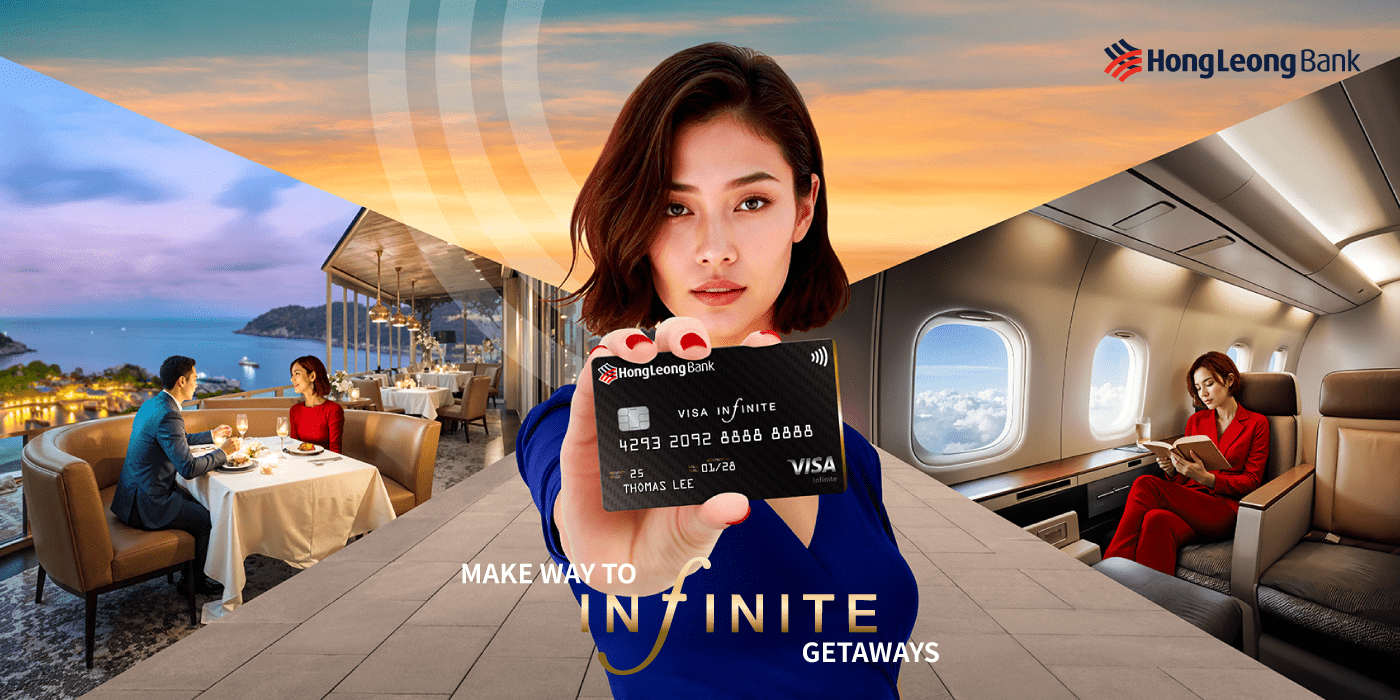


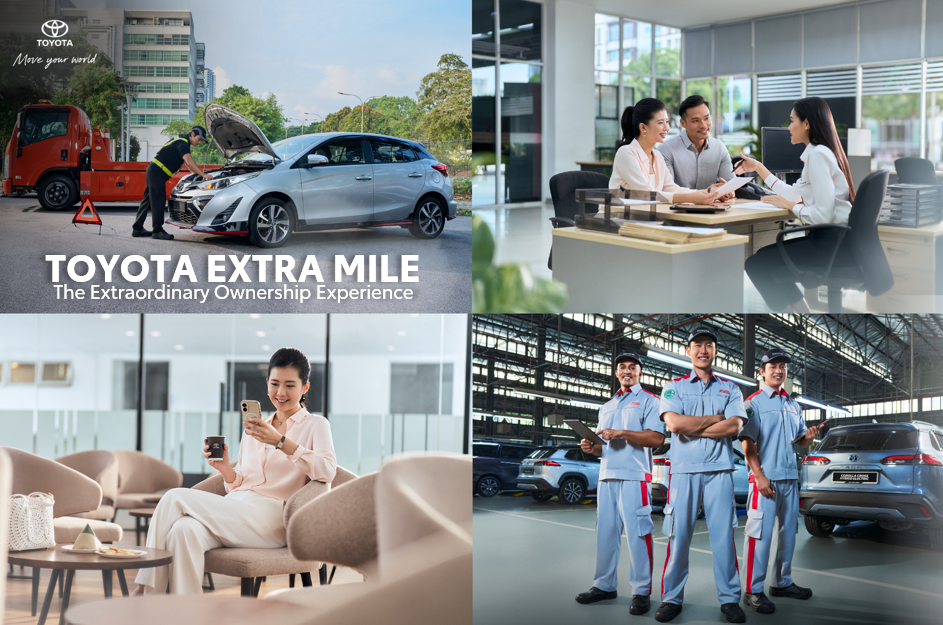



Comments (0)